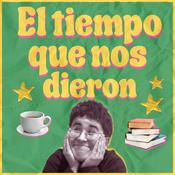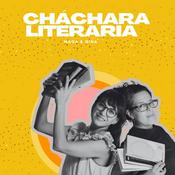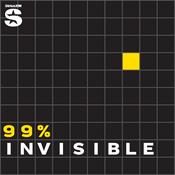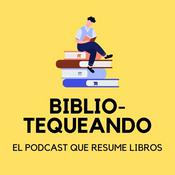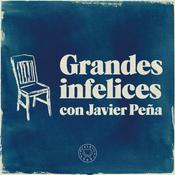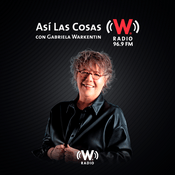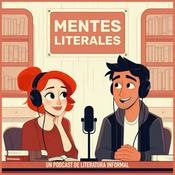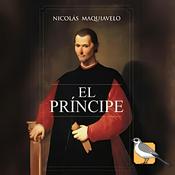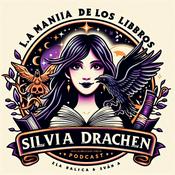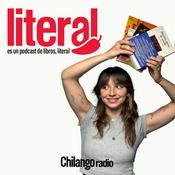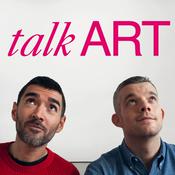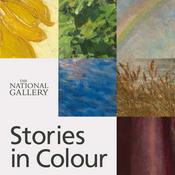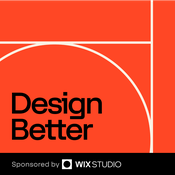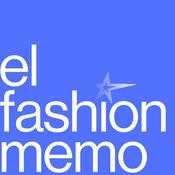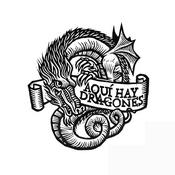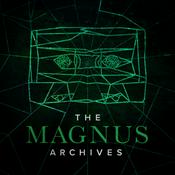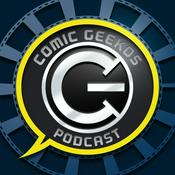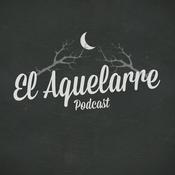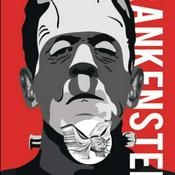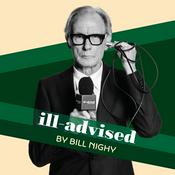619 episodios
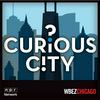
Krampus is coming: The Christmas demon’s Chicago connection
18/12/2025 | 12 min
On the morning of St. Nicholas Day, good kids rush downstairs to see what kind of gifts might be in their shoes. The bad kids? Unfortunately they might get a visit from Krampus, an ancient monster that has naughty children praying for a lump of coal instead. The origins of this half-goat, half-man folklore character date back centuries, largely to German-speaking countries in Europe. But these days, Krampus is more popular than ever — especially in America, with parades, festivals, Hollywood horror films, Ocean Spray commercials and endless amounts of merchandise. That popularity is largely attributed to Chicagoan Monte Beauchamp, who first published images of Krampus in his alternative comic magazine, Blab!, in 2000. “I can't believe what's taken place since I introduced Krampus in the pages of Blab! Magazine, which led to a book, and then from there it just exploded,” Beauchamp told Curious City. In our last episode, we looked at a long-running holiday tradition in Chicago, Goodman Theatre’s rendition of “A Christmas Carol.” In today’s episode, we explore the origins of this very different kind of Christmas tradition and its curious local connection.

“A Christmas Carol”: An amateur actor’s journey into a Chicago holiday tradition
17/12/2025 | 8 min
The Christkindlmarket, the CTA holiday train and “A Christmas Carol” at the Goodman Theatre. Chicago is full of holiday traditions. In this episode, we get an intimate look at the annual theater production through the eyes of our Chicago Sun-Times colleague, Stefano Esposito as he takes to the stage.

The first Black-owned airport in the U.S. was in Robbins, Illinois
11/12/2025 | 20 min
The Robbins Airport, just southwest of Chicago, was the first Black-owned and -operated airport in the country. Its founders were pivotal to Black aviation.

A museum, a mayor and a road: How Lake Shore Drive became a runway ... intentionally
10/12/2025 | 6 min
Lake Shore Drive has served as a makeshift runway for emergency landings. But it’s also been an *intentional* runway for planned arrivals. We go back to 1983 to get the story of how a Chicago institution helped turn our lakeside expressway into an airstrip, at least twice.

How one organization is transforming Englewood’s vacant lots
04/12/2025 | 11 min
The city of Chicago owns thousands of vacant lots, and more than 80 percent of those parcels are in communities where the population is at least 80 percent Black. That’s according to a report from the Institute for Housing Studies at DePaul University. Residents and organizations are investing in these lots to improve the community. Last episode, we learned about how complicated it can be for individual homeowners to buy a vacant lot in their neighborhood. Today, we focus on an organization that is acquiring these types of spaces. Anton Seals, Jr. is the co-founder of Grow Greater Englewood, an organization that is doing innovative work on abandoned areas on the South Side. In the name of land sovereignty and building lasting community, he and his colleagues are transforming vacant lots into urban farms, a farmers market and a nature trail.
Más podcasts de Arte
Podcasts a la moda de Arte
Acerca de Curious City
Escucha Curious City, El tiempo que nos dieron y muchos más podcasts de todo el mundo con la aplicación de radio.net

Descarga la app gratuita: radio.net
- Añadir radios y podcasts a favoritos
- Transmisión por Wi-Fi y Bluetooth
- Carplay & Android Auto compatible
- Muchas otras funciones de la app
Descarga la app gratuita: radio.net
- Añadir radios y podcasts a favoritos
- Transmisión por Wi-Fi y Bluetooth
- Carplay & Android Auto compatible
- Muchas otras funciones de la app


Curious City
Descarga la app,
Escucha.
